What does the Franciscan way of life have to offer laypeople?
In 2010, I accepted the position of executive director of the Franciscan Action Network (FAN). When I interviewed for the position I was asked about my experiences working with Franciscans. My answer was: “Where I grew up, there was a Franciscan high school. I didn’t attend it, but some of my friends did.”
When I was young, my limited understanding of St. Francis centered around the blessing of the animals on his feast day, statues of St. Francis at the birdbath, and the stories the nuns told about St. Francis talking to the birds. When I graduated from high school, two of my friends who attended the Franciscan high school left to enter a Franciscan seminary. My mother challenged me, asking if I was also feeling God calling me to be a Franciscan. My snarky response was, “If God calls me, I am going to tell him he has the wrong number.”
Franciscan Lifestyle
When I accepted the position at FAN, I was somewhat apprehensive. I had only a rudimentary understanding of who Francis of Assisi was and what it meant to be Franciscan. I decided that if I was going to do this, it had to be more than just a job that I did from 9 to 5 and then went home. It had to be a commitment to a lifestyle.
This became especially obvious a week after I accepted the offer, when Sister Margaret Mary Kimmins, the FAN board president, called to tell me they had run out of money and could not afford to pay me. But she hoped I would still take the position. I guessed that the poverty part was going to start early. But as Father Murray Bodo says of Francis, “Poverty was never an end in itself, but a means to the indwelling of God and a way of life that makes present the kingdom of God.”
When I expressed my apprehension to Sister Margaret Mary, she simply said, “Let me share a story.” She told a joke about two priests—a Jesuit and a Franciscan—who were fishing. They noticed a person drowning across the river. The Jesuit started to calculate the wind speed, the water current, how much energy it would take for him to swim out, and how much strength he would need to pull the person back. The Franciscan jumped in the water and realized he had no idea how to swim. Sister Margaret Mary told me not to worry, just jump in the water and trust the Holy Spirit to guide you. She went on to become my good friend and mentor.
Jumping Into the River
This decision wasn’t something I could make on my own. Many years earlier, Stella and I formed a life partnership when we fell in love and got married. Our relationship was anything but typical. Stella was a single mom when we first started dating. So our decisions, our lifestyles, our commitments didn’t just involve two adults starting out together; they involved a 7-year-old as well. Stella and I built a very comfortable life together.
At the time, we both had good jobs and made decent money. We had a nice house and got to go on vacations to Disney World. Our older daughter, Dina, was thinking about college while our younger daughter, Jenna, was a preteen starting to exert her independence. In short, we were the stereotypical White, comfortable, middle-class family.
One day, Stella read an article about the need for foster parents and said, “We should do this.” We didn’t spend a lot of time thinking and discerning; we just jumped into the river. The agency asked us if we would think about taking in two children, a brother and sister who were considered challenging to place as they were a little older and African American. A year later we adopted Delvon and Briana.
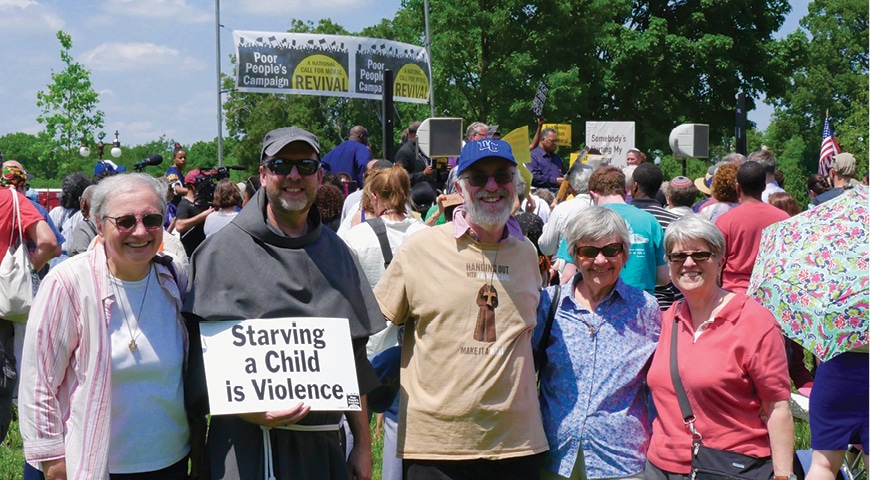
As Father Murray said in his book The Way of St. Francis, “Francis spent the rest of his life drawing people out from behind the comfortable walls of their boredom.” Our life went from being comfortable to being transformed. We had to rethink our own attitudes and beliefs. St. Clare challenges us to become a mirror of Christ: to reflect Christ in our lives, to help build up the body of Christ through transformation in love.
But if we were going to become a mirror of Christ, we first had to look into the mirror. Stella and I realized that we had to rethink parenting. We began to understand that parenting White children was very different from parenting Black children. We never had to have “the talk” with our White children. We didn’t worry about our White children being pulled over by the police for simply driving while Black or teachers who singled out our Black children whenever there was a disruption in the class.
As an activist who regularly participated in marches and rallies, I thought I understood racism. Looking in the mirror, I began to realize that I really didn’t understand. After some discernment, we made a decision not only to adopt Delvon and Briana but to open our home to other children as well. In addition to taking in other foster kids, we welcomed friends of our children who needed a safe haven.
Invisible People
Francis believed that the Gospels were not a series of static stories about historical events that we read each Sunday so we can feel good about ourselves. The Gospel was and is a way of life. Many of us believe that we first have to be in right relationship with God, which we often equate with piety. Then after we are in right relationship with God, we can work on being in right relationship with creation. But Francis, in his writings and his life, suggests that we must first be in right relationship with all of God’s beautiful and wondrous creation. Only then can we enter into right relationship with God.
Stella and I had to think about what that meant. We were already following the Gospel, but were we living the Gospel? Our parish had a program where people would donate clothing for the poor and homeless. We set out collection boxes, and someone would gather them up and take them to a homeless shelter. One day, several of us were sorting through the coats. One of our team mentioned reading about a woman who made a big pot of soup every Sunday and brought it to a bridge where the homeless congregate to serve them.
Ann Deennean, who was considered a quiet leader in our church, spoke up. She told us to remember that when St. Francis went to help the lepers, he didn’t bring food and clothes and leave them at the outskirts of the leper colony. He entered into a relationship with them; he listened to their stories and learned their names. In doing so, he was transformed.
We decided to stop dropping off stuff at the back door of a homeless shelter and go to the bridge where we could spend time with the homeless people, learn their names, share their stories, and pray with them, not for them. In doing so, while we were helping the poor, we were becoming like St. Francis.
I carried that lesson with me when I moved to Washington, DC. Each morning when I arrived at the Metro station I encountered a homeless man. He had a sign saying he was a homeless vet and needed help. He would stand there saying “Good morning” and “God bless you” to the crowds of people who passed through the station. Sometimes I put a dollar in his can.
One morning I stopped and asked him his name. He said it was John and went on to share his story. Every day after that as I was walking into the station I would say, “Good morning, John. How are you today?” One day he said to me: “You know, I am invisible. Every single day I am invisible to thousands of people who pass by me. But not to you. You see me. Why are you different?”
After that encounter, I started packing extra peanut butter and jelly sandwiches, apples, and maybe some extra granola bars. As I made my way through DC, I would stop and talk with homeless people, learn their names, listen to their stories, and share my food.
Care for Creation
Stella and I decided that if we were going to be in right relationship with creation—if we were going to “be Franciscan” and really believe in the interconnectedness of creation—we had to start with changes to our own lifestyle.
St. Francis lived a life of total ecological integrity. He did not separate the spiritual from the material. He viewed the earth and all nature as God’s creation, a place of continual incarnation. He considered all of creation to be his brothers and sisters.
Food is a key factor in determining lifestyle. What kind of food we eat, where we get our food, and how we prepare it all help define our relationship with creation. So Stella and I eat a mostly plant-based diet. We try as much as possible to buy all our food locally at farmers’ markets. We get to spend wonderful Saturday mornings meeting with and sharing the stories of the farmers who grow our food. When we sit down and give thanks for our food, we feel more connected knowing where it came from. We also try not to waste food. When we trim our vegetables, we save the ends and skins and make broth. We strain the veggies and add them to our compost.
I planted a small garden in my backyard. I had visions of growing lots of vegetables and inviting friends over to share in wonderful feasts from the fruits of my garden. I soon realized that instead I was feeding rabbits, birds, squirrels, and the hedgehog who took up residence under my shed. At first I was angry and started researching ways to keep the critters out.
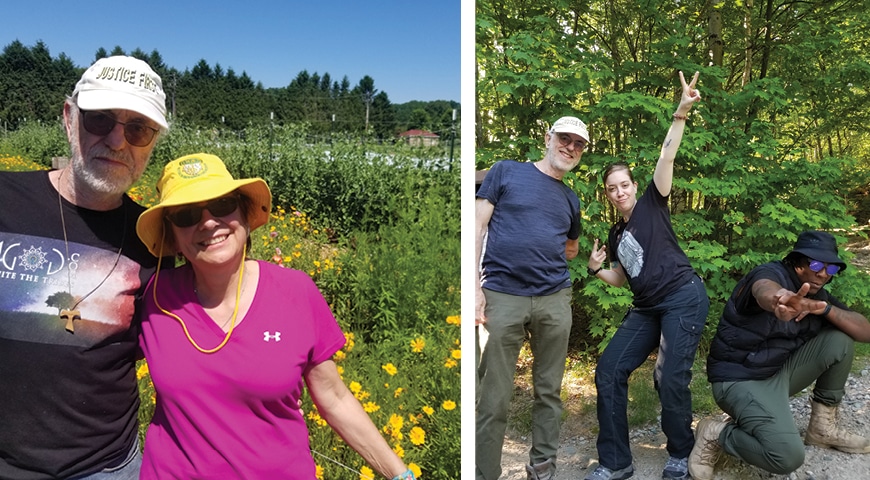
One morning I noticed a squirrel gingerly scooting across the top of my fence so he could get close enough to pull a nearly ripe tomato off the vine. I saw birds swoop down and pick up the parts of the tomato that the squirrel had dropped. I spied a rabbit skillfully finding a tiny crack in the fence so she could get in and feed on the spinach leaves.
I realized my vision had come true: I had grown a garden and was sharing it with my friends. Stella and I intentionally looked for a place to live that was energy efficient, large enough to offer hospitality to folks who needed a place to stay, and close enough to walk to work and stores. We felt that following in the footsteps of St. Francis meant reducing our carbon footprint as much as possible. So we found a house where we could welcome travelers who were coming to DC with a bed, a good meal, and a glass of wine.
We have welcomed folks coming to protest and maybe get arrested with me the next day. Others come in for work or maybe to visit their children at college. Some stay a night, others for a week, and one for almost a year. Some we have known and others we meet for the first time. They all become family when they enter our home.
We gave up one of our cars and use the remaining one sparingly. This not only helps the environment but also makes us more aware of our surroundings.
The Gospel Way of Life
My parents were Irish Catholic immigrants who came to America in 1950. They got off the boat with nothing: no money, no education, and no real job skills. What they did have was a strong faith and a commitment to justice, like St. Francis.
Being Franciscan is not about wearing a brown or gray habit or a Tau cross. It is a way of living, choosing to embrace all creation, not being a passive observer or a victim. For St. Francis, prayer was a way of life, a way of being. If I look in the mirror and I don’t see Christ, how can I expect to be the image of Christ to others?
Not everyone is called to be a professed Franciscan. But everyone is called to be Franciscan.


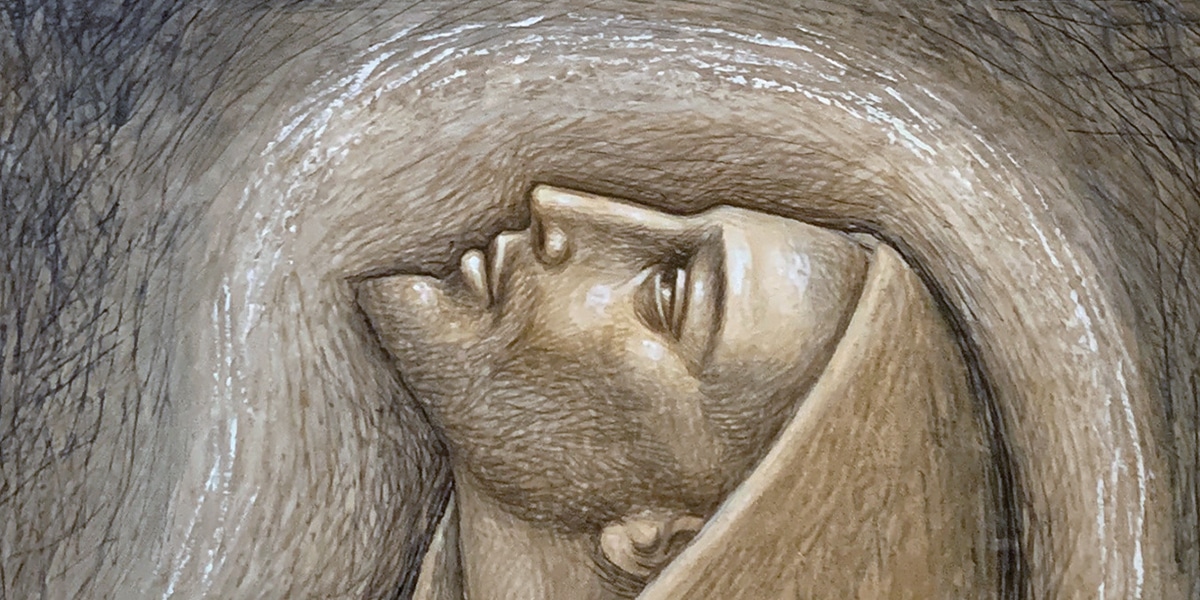

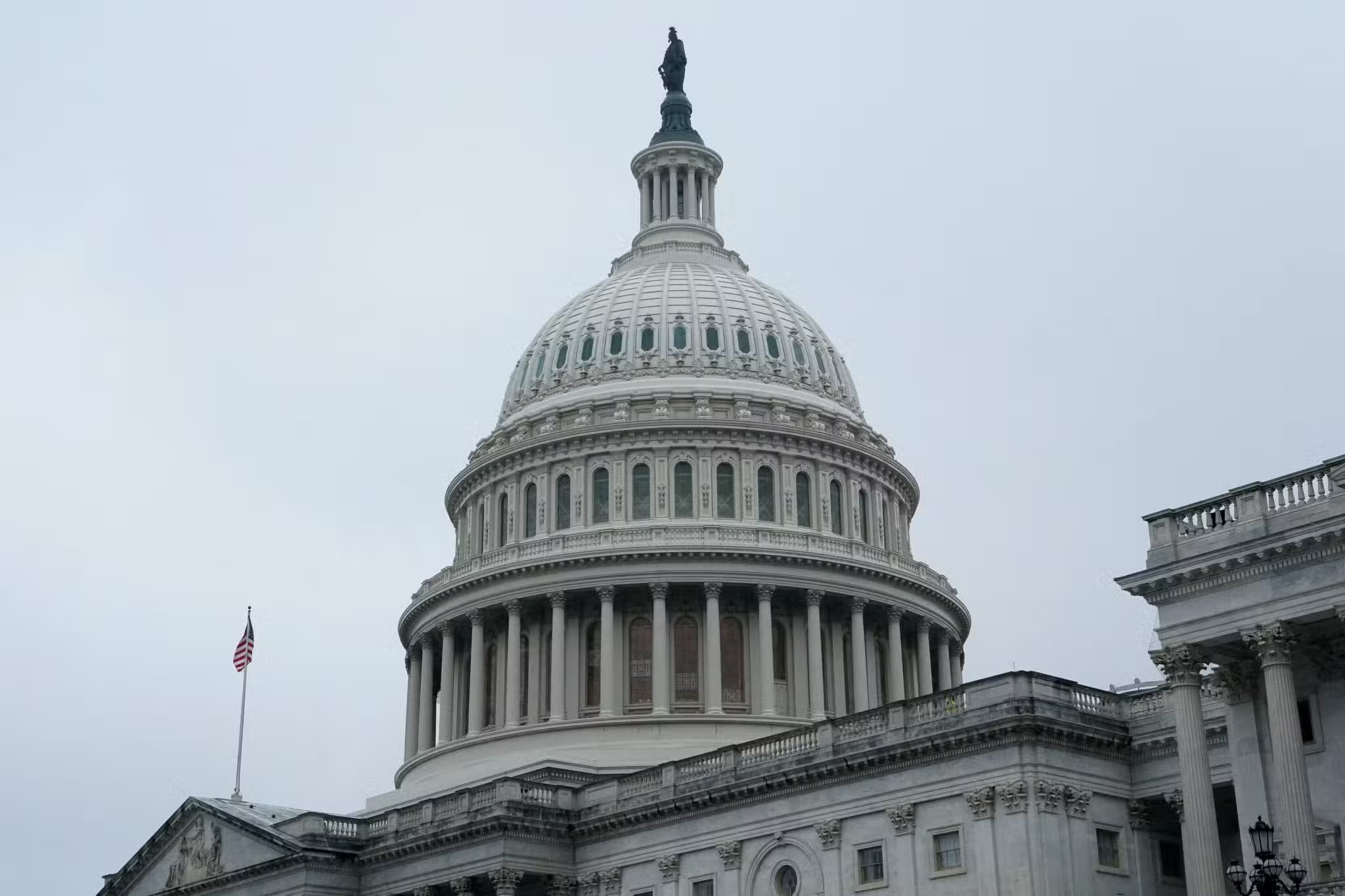
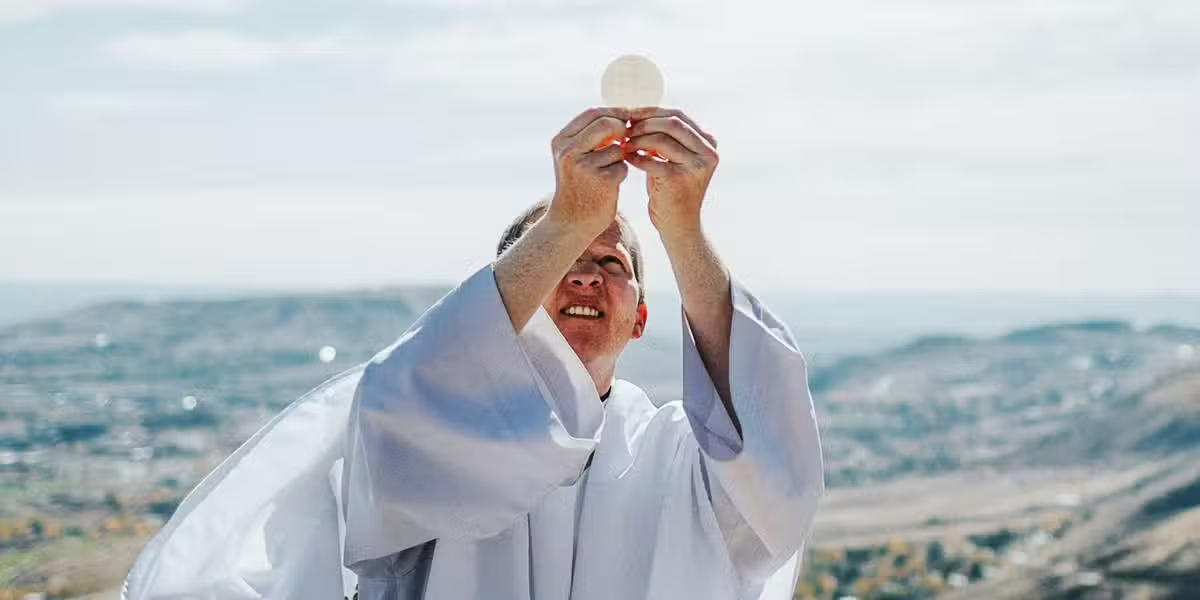



2 thoughts on “Living as St. Francis of Assisi Did”
Beautiful contemplation on a life inspired by St. Francis. Thank you, Patrick!
I enjoyed very much reading this story. St Francis is my favorite saint because of his love and commitment towards all creation in all humility and grace. I can only hope to one day be like him.